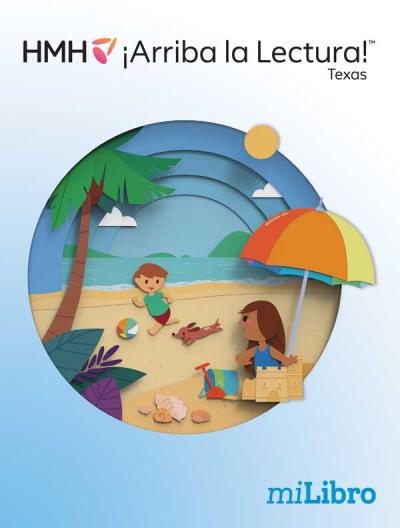Evaluation for 5.B.1a
Materials include explicit (direct) and systematic instructional guidance on developing oral language and oracy through a variety of methods (e.g., modeling, guided practice, coaching, feedback, and independent practice). (T)
The materials include explicit instructional guidance for developing oral language, as found in the Guía del maestro for kindergarten. For example, in Module 7, "Enseñar con rutinas de enseñanza/Bienvenidos al módulo" section, teachers are provided with a routine for conversation that teaches fundamental conversation skills such as active listening, using an audible voice, speaking clearly, making eye contact, and taking turns. The explicit guidance outlines step-by-step how teachers model and support these oral language behaviors during classroom routines. The materials include explicit guidance for developing oral language through guided practice, as found in the Guía del maestro. For example, in Module 7, Lesson 4, "Destrezas fundamentales, Leer el texto decodificable, Reflexionar sobre la lectura," students participate in "Conversación en parejas" to answer questions about the story, and teachers are directed to encourage students to point to a page in the story that supports their answer. This provides explicit, scaffolded practice using oral language in a structured setting. The materials include explicit instructional guidance on developing oracy, as detailed in the Guía del maestro. For example, in Module 6, Lesson 11, teachers are guided to model the difference between formal and informal language by providing examples of how language changes depending on location and audience. For example, the teacher demonstrates how to initiate a conversation on the playground versus in the classroom, prompting students to think critically and listen actively in order to adapt their language to suit the audience and purpose. The materials include explicit guidance for developing oracy through the use of sentence frames and visual charts, as found in the Guía del maestro. For example, in Module 6, Lesson 11, teachers model and guide students to answer questions about the module's topic such as "¿Que lugar de Estados Unidos de América te gustaría visitar?" using provided sentence stems like "Un lugar de Estados Unidos de América que me gustaría visitar es ___." Visual aids and sentence frames are used to scaffold student responses and initiate conversations, ensuring all students have access to structured oral practice. The materials include systematic instructional guidance for oral language development, as found in the Guía del maestro. As an example, in Module 3, Lesson 2, "Lenguaje oral, Enseñar vocabulario académico," teachers are provided with guidance to use conversación responsible routine, including Think–Pair–Share, to help students develop oral language. The routine explicitly instructs teachers to have students use conversación en parejas to discuss their responses, ensuring systematic practice across lessons. The materials include systematic guidance for oral language through the use of sentence stems, as found in the Guía del maestro. For example, in Module 3, Lesson 2, "Leer el texto decodificable: Daniel tiene miedo," In the "Dual Language Settings" section, teachers are directed to provide sentence completions to help students retell the story, such as "Primero, Daniel y su mamá fueron a ________. Después, tuvieron que ________. Finalmente, __________." This supports systematic oral language development by providing structured opportunities for students to practice retelling and summarizing using academic language. The materials include systematic instructional guidance for developing oracy, as found in the Guía del maestro. For example, in Module 5, Lesson 2, "Lenguaje oral." In this lesson, students are prompted to talk to partners about the text being discussed, practicing oracy using module vocabulary. Teachers are provided with explicit instructions to facilitate and monitor these partner conversations, ensuring systematic opportunities for oracy development. The materials include systematic guidance for developing oracy, as found in the Guía del maestro. For example, in Module 7, Lesson 1, "Presentar el tema,"



